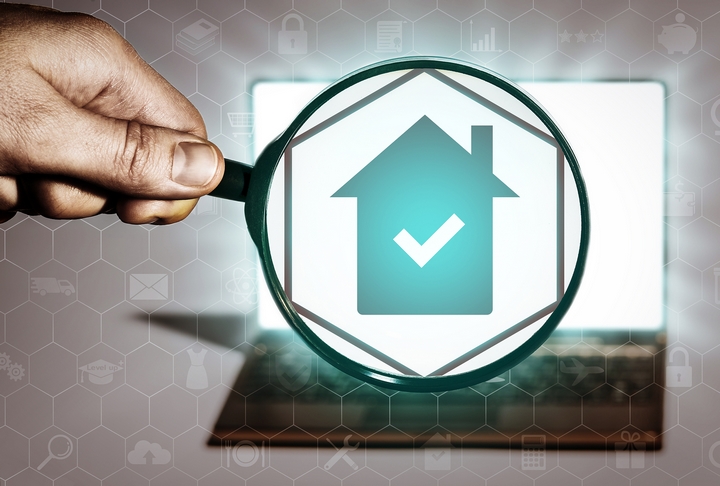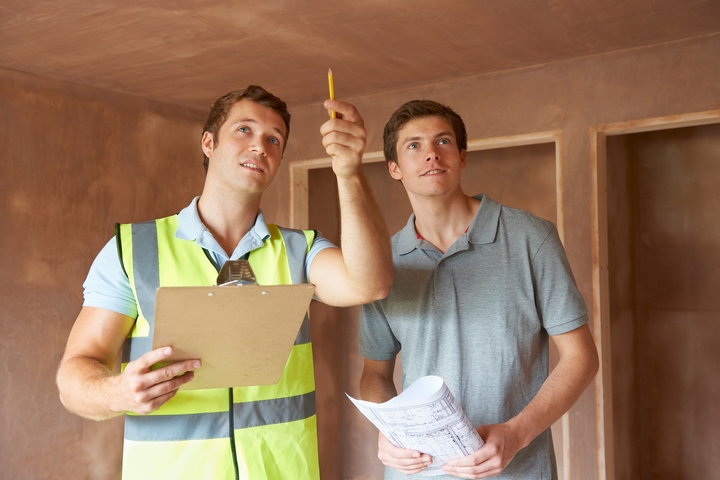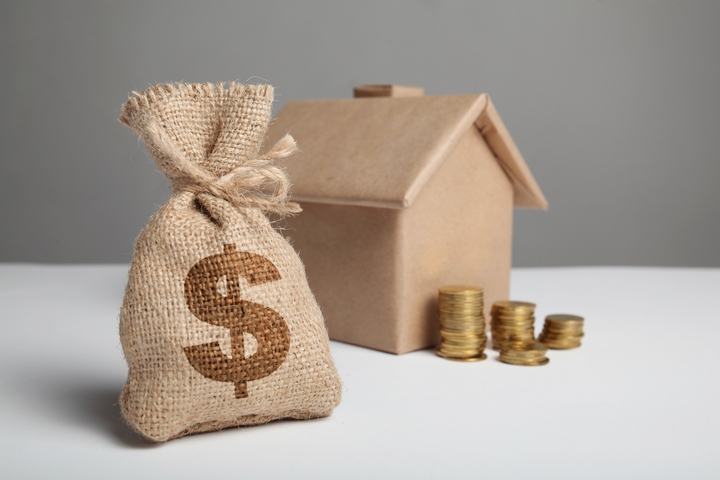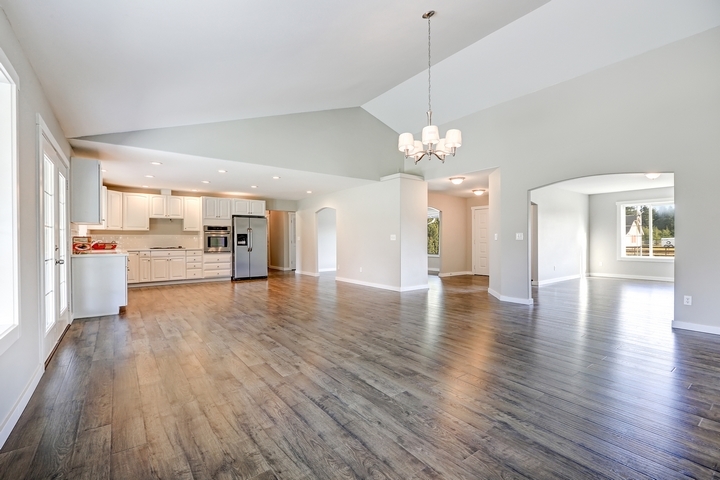Buying a new house is exciting, but it could be a long and tedious process. The first steps to buying a house will involve a lot of planning and preparing in advance. Without the proper preparation, it could be easy to miss out on the best home buying opportunities.
Once you know how to get started in the home buying process, this will put you in a much better position for the real estate search. Here are the eight first steps to buying a house for new homeowners:
Step #1: Research the best homes for sale
 One of the best first steps to buying a house is getting a feel for the neighbourhood and the market in your area. Ask your real estate agent to give you the prices of similar homes for sale in the area. You can use these numbers to create an initial offer.
One of the best first steps to buying a house is getting a feel for the neighbourhood and the market in your area. Ask your real estate agent to give you the prices of similar homes for sale in the area. You can use these numbers to create an initial offer.
It’s also important to be clear about any demands you want to be included with the house, such as getting the seller to include a home warranty. Start with a low bid and work your way up. Making an educated bid will increase your chances of buying the home you want.
Step #2: Determine your ideal home
 Another important first step to buying a house is taking the time to visualize your ideal home. Knowing exactly what you’re looking for will make it easier for your real estate agent to suggest homes that fit in with the vision in your head. Getting an idea of all the features you want in your home will help you decide what’s reasonable and what’s outside of your price range.
Another important first step to buying a house is taking the time to visualize your ideal home. Knowing exactly what you’re looking for will make it easier for your real estate agent to suggest homes that fit in with the vision in your head. Getting an idea of all the features you want in your home will help you decide what’s reasonable and what’s outside of your price range.
Once you have a list of ideal features and qualities you want in your home, you can work backward and begin searching for homes that fit these qualities. Determining your ideal home is a smart way to avoid wasting time looking at homes that don’t give you what you want.
Step #3: Research your ideal neighbourhoods
 Researching the neighborhood before you make a purchase can give you an idea of the future of the investment in your home. Proximity to grocery stores, places of worship, and schools are factors that can enhance the value of your home in 20 years.
Researching the neighborhood before you make a purchase can give you an idea of the future of the investment in your home. Proximity to grocery stores, places of worship, and schools are factors that can enhance the value of your home in 20 years.
If the area has a lot of homes for sale, there’s a chance the area can be on the decline. Look for renovations and construction of new buildings and businesses to identify an upcoming area with a community committed to increasing the value of the area.
Step #4: Find a quality house inspector
 The house inspection is an often overlooked step to buying a house. Paying for a qualified home inspector to review potential homes is part of the investment you need to make in your future home.
The house inspection is an often overlooked step to buying a house. Paying for a qualified home inspector to review potential homes is part of the investment you need to make in your future home.
Ideally, you want an inspector who has seen thousands of homes and who has an eye for detail. One of the biggest mistakes people make is not attending the inspection.
Being present during the inspection gives you a chance to ask questions and get a non-bias opinion about the home. Your home inspector can also show you crucial areas of the home, such as the water and gas shut-off valves and the location of the breaker box.
Step #5: Compare the homes you plan to buy
 Looking for value in a property is one of the most important things you can do to ensure you’re making a worthwhile investment. Value items are classified as anything that adds value to the home that will last long after you take over.
Looking for value in a property is one of the most important things you can do to ensure you’re making a worthwhile investment. Value items are classified as anything that adds value to the home that will last long after you take over.
Items such as hardwood floors, large backyards, dual-pane windows, fireplaces, and granite countertops are features that help you add value to your home when you’re ready to sell. Don’t fall for items like pools that actually cost more to maintain than the value they add to your home.
Step #6: Get a pre-approval letter
 Getting pre-approved before you start searching for homes makes the process significantly easier. Being pre-qualified is different from being pre-approved. Pre-qualification will still leave many steps you need to complete to accelerate the home buying process.
Getting pre-approved before you start searching for homes makes the process significantly easier. Being pre-qualified is different from being pre-approved. Pre-qualification will still leave many steps you need to complete to accelerate the home buying process.
Being pre-approved also gives you leverage over other buyers who still need to complete the approval process. Your pre-approval letter will minimize any last-minute changes that can take away your ability to purchase a home.
Step #7: Manage your funds during the home buying process
 There are many steps to buying a house, all of which are quite expensive. This makes it important to manage your finances. Hold off on making any substantial purchases on credit or emptying your cash reserves while you’re shopping for a home.
There are many steps to buying a house, all of which are quite expensive. This makes it important to manage your finances. Hold off on making any substantial purchases on credit or emptying your cash reserves while you’re shopping for a home.
Lenders will be looking at incoming and outgoing transactions from your bank account, which will give them an idea of how you spend your money. It’s also necessary to manage your funds, so you have money left over for closing fees once you find your ideal home.
Step #8: Estimate how you will use the space
 When looking at homes, it’s worth imagining how you’ll use the space. Older homes tend to have smaller garages, which can be an issue if you have a large, modern car.
When looking at homes, it’s worth imagining how you’ll use the space. Older homes tend to have smaller garages, which can be an issue if you have a large, modern car.
If you have a growing family, you need to consider the amount of cabinets and storage available in the home. Take some time to imagine your day to day life and in your life in the next 5 years as you consider different homes.

